This new entry represents a very important symbolic milestone, as it reaches the number of three hundred articles written on the blog. That is why I have chosen a theme that is also symbolic:the battle of Tamarón, which took place in the year 1037 and which constitutes the final episode of my second book, From Covadonga to Tamarón:the history of the Asturian monarchy from Pelayo until Vermudo III, about whose publication I hope to have concrete news shortly.
As the title of the entry indicates, the Battle of Tamarón was a turning point in relations between the Kingdom of León and the County of Castile, which at all times had been part of the Leonese monarchy. from which it did not become independent at the time of Fernán González, although it did gain importance as a protagonist in peninsular politics in the 10th and 11th centuries, as I explained in the articles dedicated to the supposed independence of the county of Castile.
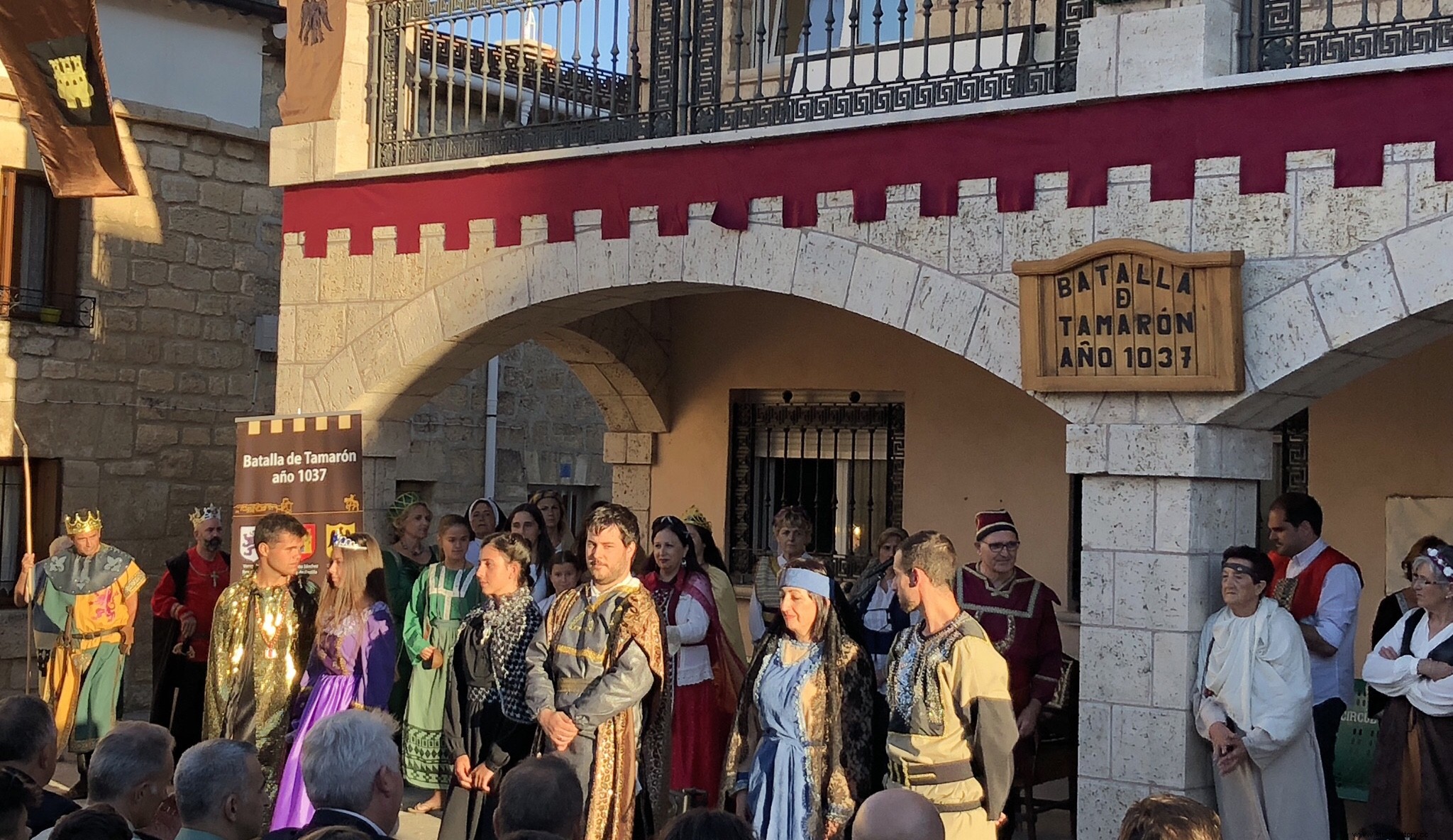
To know what happened in Tamarón in the year 1037, three questions must be answered, the first two relatively easy to answer and the third much more complex.
Starting with the easy questions, who fought in the battle of Tamarón? And why was it a turning point in relations between León and Castile? The contenders were on the one hand King Vermudo III of León and on the other Count Fernando de Castilla together with his brother, King García de Pamplona. And the importance of this battle derives from the circumstance that Vermudo III died without issue in it and the Count of Castile, Fernando Sánchez, ended up being crowned King of León on June 22, 1038. Castile disappeared as a county and Already as a kingdom since 1065 (see the entries on the succession of Fernando I) it was sometimes united and sometimes separated from the kingdom of León until its definitive unification in the year 1230 under Fernando III the Saint.
The third question, the most complex to answer, is the following:why did the King of León fight against the Count of Castile and the King of Pamplona on the battlefield of Tamarón?
To answer this question we have to go back a few years before the fight took place (1037) and talk about the murder of a count (1028) and the death and testament of a king (1035).
In the year 1028, the last count of Castile of the lineage of Fernán González, García Sánchez, was assassinated. The historical data that has reached us about the figure of García Sánchez is not many. When his father died, in the year 1017, the new count was a minor (around seven years old), so the county was placed under the regency of his aunt Urraca de Pamplona, probably advised by some nobles and ecclesiastics.
It seems that this, at some point, Urraca must have requested the support of the increasingly powerful Sancho III of Pamplona, married to the sister of the new Castilian count, named Muniadona (or Mayor). The documents reflect how, from the year 1023, the king of Pamplona began to exercise a kind of protectorate over the Castilian county, although at the moment this did not imply that Pamplona annexed part of the Castilian territories.
As García Sánchez approached the age of majority, it became necessary to find him a wife and the natural candidate was the Leonese princess Sancha, daughter of Alfonso V and sister of Vermudo III. The marriage was to become effective in 1028 when García reached his majority, but in that year, the Leonese king, Alfonso V, died in the siege of Viseu. Despite this, it was decided to go ahead with the link. But when the groom was already in León, preparing for the betrothal, he died under strange circumstances, the same year of 1028 (although some authors maintain that it was in the year 1029). The possible causes and those responsible for the assassination are discussed in the blog entry dedicated to the death of Count García Sánchez.
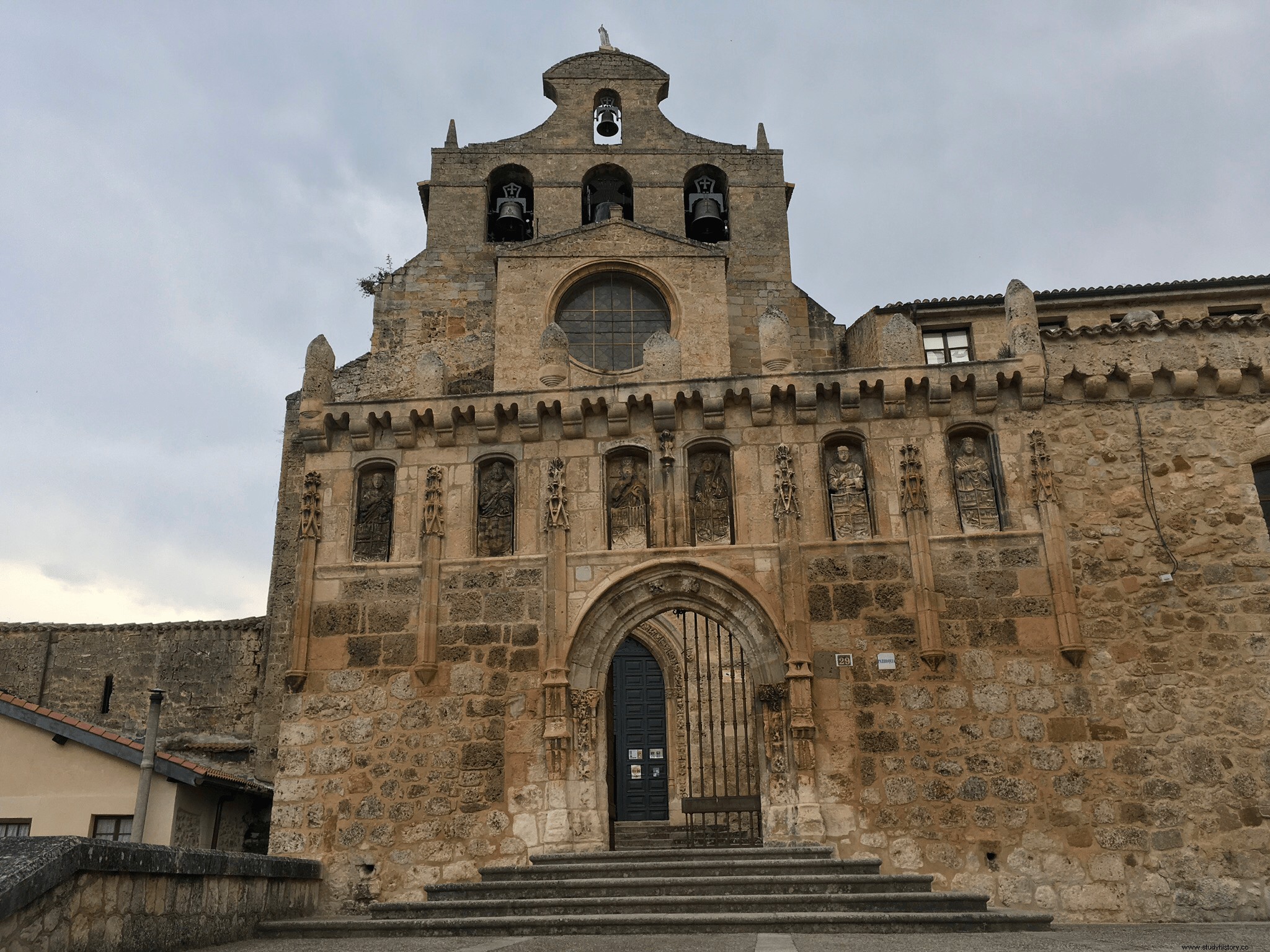
The death of the Castilian count brought as a consequence that the Pamplona king, through his wife Muniadona (sister of García Sánchez) took control of the Castilian county to cede it immediately to his son Fernando (although the effective government was exercised by Sancho III , because the boy was a minor).
Whatever the cause of García Sánchez's death and who was responsible, what is certain is that his death meant that Castilla went from being in the orbit of the kingdom of León to doing so in that of Pamplona, which at that time was placed as the preponderant among the peninsular Christian kingdoms.
The second event to which we refer took place in the year 1035, a key year for the development of relations between León and Pamplona, and also for Castile.
First, Vermudo III came of age and effectively took over the rule from León. As usual, various marriage engagements served to keep things in order. Thus, it was agreed that Vermudo III would marry Jimena, daughter of the king of Pamplona. In addition, his sister Sancha became engaged to Fernando, son of the King of Pamplona and Count of Castile. The bride contributed as a dowry the territories between Cea and Pisuerga, a traditional point of friction between León and Castile.
The situation seemed calm and the future looked relatively peaceful. But the sudden death of Sancho III was going to cause an earthquake of such dimensions in the peninsula that the map of the peninsular Christian kingdoms would be completely overturned in the following years.
In the year 1035 (as the most likely date is October 18), Sancho III the Elder died, and the possibility of his kingdom becoming the most powerful of the Christian domains was diluted when he decided to divide his possessions among his four sons:the eldest son, García Sánchez III, inherited Pamplona; Castile was ceded to Fernando (although with great nuances that we will now see); Gonzalo was awarded Sobrarbe and Ribagorza and Ramiro, born out of wedlock, was awarded Aragón.
The law in force in the kingdom of Pamplona did not allow the division of the kingdom among the sons of the monarch, but the first-born corresponded to both the patrimonial lands (the kingdom of Pamplona itself), and the additions to said kingdom (such as the counties of Sobrarbe , Ribagorza and Aragon). For this reason, the inheritances received by Gonzalo and Ramiro were as regulus , that is to say, included in and submitted to the superior authority of his brother, Rex García de Pamplona. Something that in the case of Aragón would change, but already in the future and not yet at that time (in fact, in some document, Ramiro recognized the superior authority of his brother García of him).
A different issue was that relating to Castile, which was not part of the kingdom of Pamplona, but instead Sancho ruled on behalf of his son Fernando. We already pointed out that the award of him to this should be nuanced. And it is that the county that he inherited had suffered a huge amputation with respect to the vast territory that Count Sancho García (father of the murdered García Sánchez) came to dominate. From it, the old county of Álava, the so-called Castella Vetula, la Bureba and the region of Oca were broken off in favor of Pamplona.
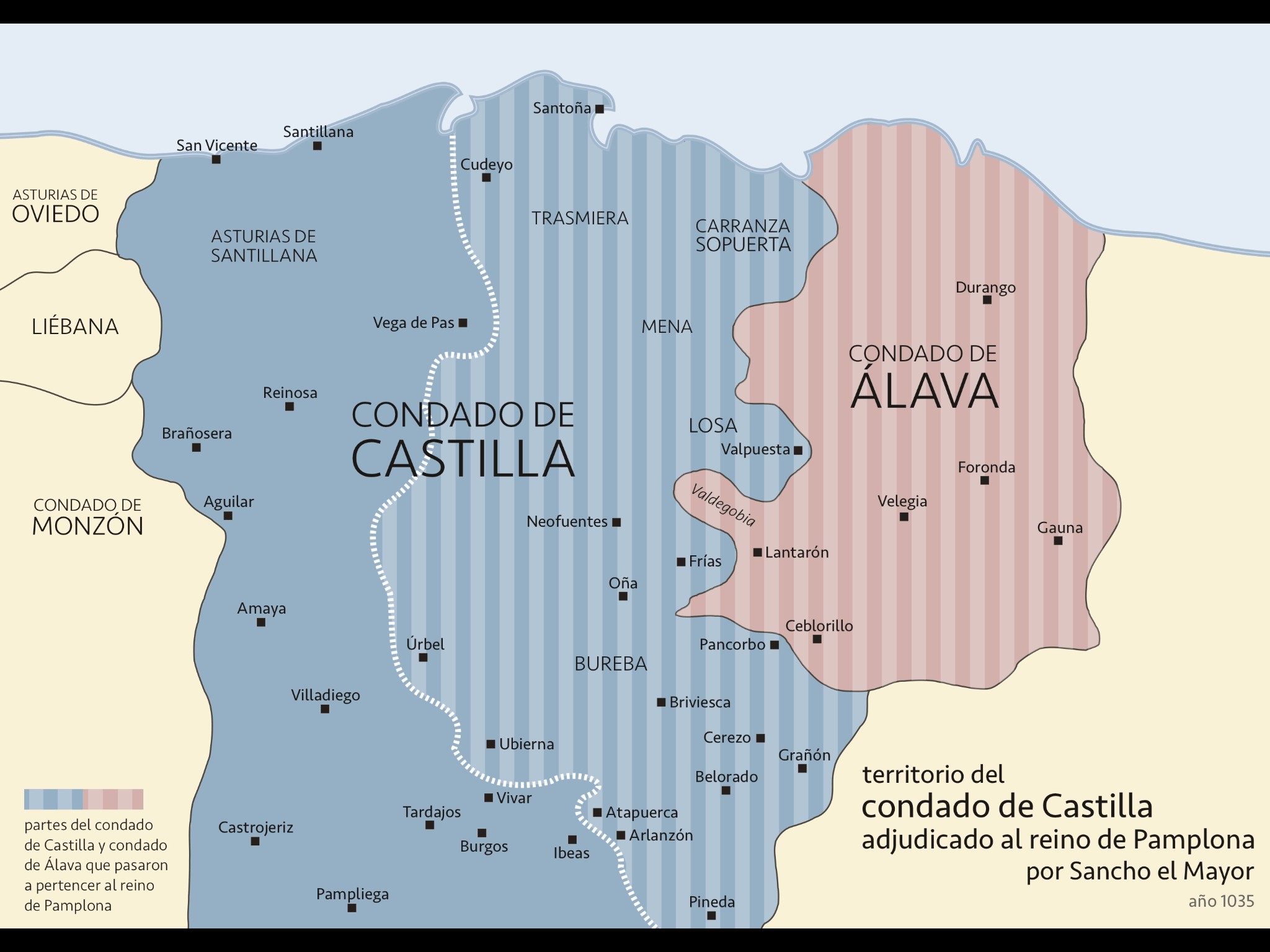
The first element that must be pointed out is that this enormous decrease in the territory corresponding to Castile necessarily had to be done during Sancho III's lifetime and not after his death, because after this Fernando would not have accepted the primacy of his brother García to impose it and would not there is no record of discrepancy in this regard between the brothers. Only if these modifications were made by his father before he died can it be understood that Fernando did not oppose the dictates of his paternal authority. Furthermore, at the time of Sancho III's death, García was in Rome as a pilgrim, so there could be no agreement between the brothers on the matter.
Martínez Díez explains what happened this way:
During King Sancho's lifetime, his enormous authority was in a position to dictate to his sons the division of the territories that he considered most appropriate; the incorporation of the county of Álava and a good part of that of Castile to the kingdom of Pamplona had its logic from the point of view of a king of Pamplona, because with these annexations he reinforced the power of the kingdom of his elders and came to introduce a certain equity in the division of the inheritance, thus avoiding, by reinforcing the part that corresponded to the first-born, that the great privileged in that inheritance was precisely the youngest of the brothers.
But it cannot be forgotten that, by depriving the county of Castile of much of its land, not only the titular count was affected, since, as we have insisted on several occasions, Castile continued to form part of the kingdom of León. . And the king of León would have something to say about it.
Having explained the background, it is time to return to what happened in the year 1037 when León and Castile went to war. Some sources suggest that the cause was due to Vermudo's decision to settle the land dispute between the Cea and the Pisuerga, and that for said dispute Fernando had the support of his brother, King García Sánchez of Pamplona. However, there is no evidence of the existence of any previous conflict between the two for this reason.
The perspective changes if we stick to the reduction of the extension of the county of Castile in favor of the kingdom of Pamplona to which we have referred before. That decision meant, at the same time, an identical cut in the dimensions of the kingdom of León, and it was foreseeable that the Leonese king would oppose it. If we take this fact into account, the conflict of 1037 was not so much an internal problem of the kingdom of León between its king and the count of Castile as a war between the kingdoms of León and Pamplona. This explains the presence of King García of Pamplona. We quote Martínez Díez again:
The vindication of these his sovereign rights as king of León over the two counties, rights that were already more than two centuries old, and the refusal of Fernando and García to recognize them is which would move King Vermudo to take up arms against Fernando, like one more rebellious count, and Garcia to run quickly in defense of his brother, since the rights claimed were he, Garcia, the one who had usurped them and the beneficiary of the same.
The Leonese and Castilian armies met on August 30, 1037 in Tamarón, near Burgos. In the confrontation, either due to the fiery nature of his twenty years and that of his horse, or due to a maneuver by several Castilian knights, Vermudo found himself isolated from his army and was killed by his enemies. 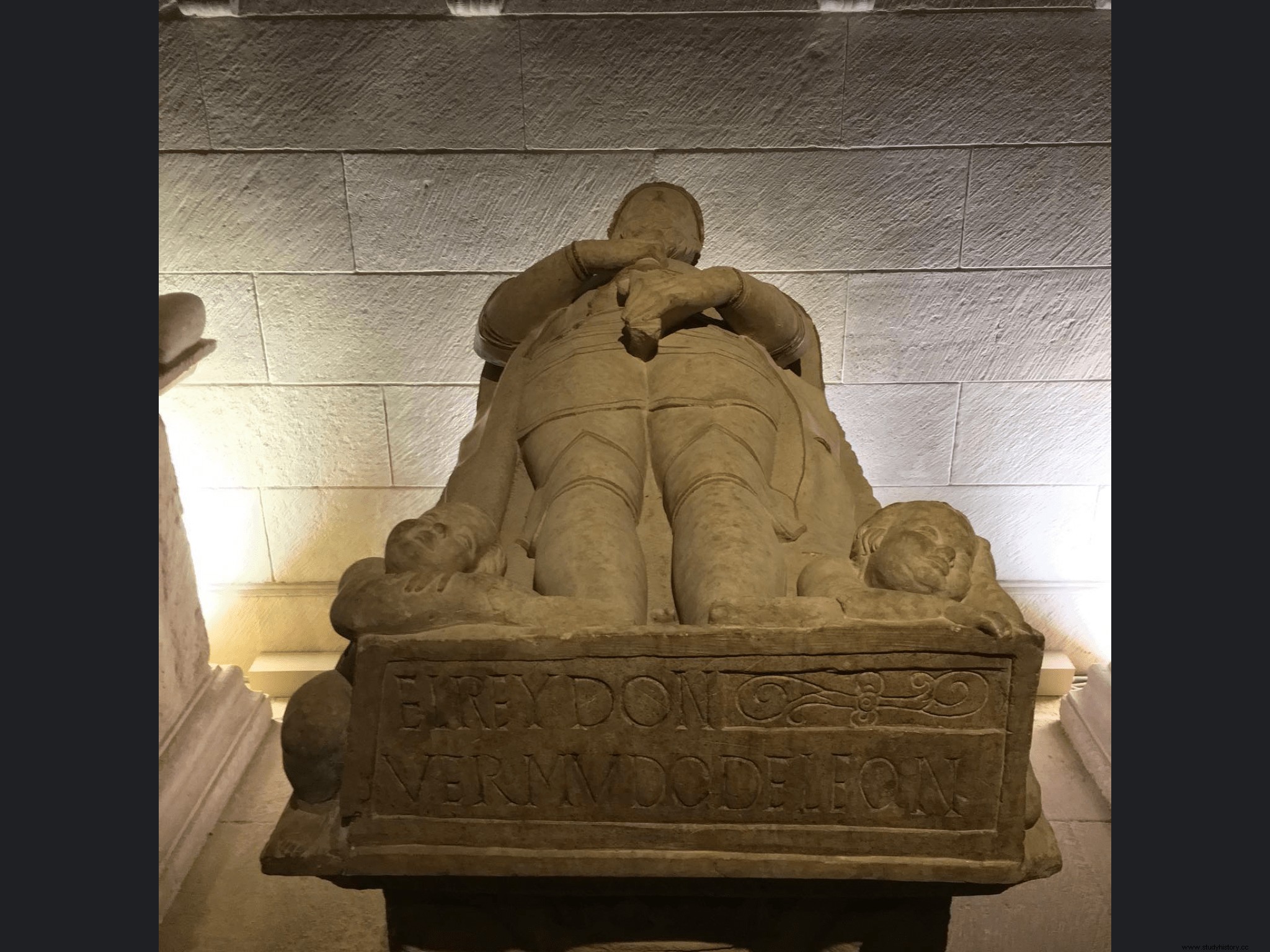
The King of León died without issue, so his rights passed to his sister Sancha, who (as we pointed out anticipating its relevance), after the wedding with the Count of Castile was frustrated due to his murder, had become the wife of the winner of his brother Ferdinand. This, after some difficulties (it was not easy for the tycoons of the kingdom to recognize as monarch the man who had caused the death of his predecessor), he managed to assert his rights based on those of his wife, he was recognized as king of León along with his wife and was crowned in the cathedral of León on June 22, 1038.
The fact that it took almost a year from Tamarón to his coronation reflects the problems that Fernando's acceptance caused in the kingdom, especially in Galicia and in the capital of the kingdom itself.
The Battle of Tamarón was a turning point in the relations, until then of subordination, between León and Castile, which became the dominant force by raising its count as king of León and which would disappear forever as a county. No other man would hold the title of Count of Castile. It would not be, much less, the last turn in the relations between both domains before their definitive union in 1230 with Fernando III... but that is another story and I am in it with the writing of a new book that will be titled De la war to unification. The history of the kingdoms of León and Castile from 1037 to 1252.
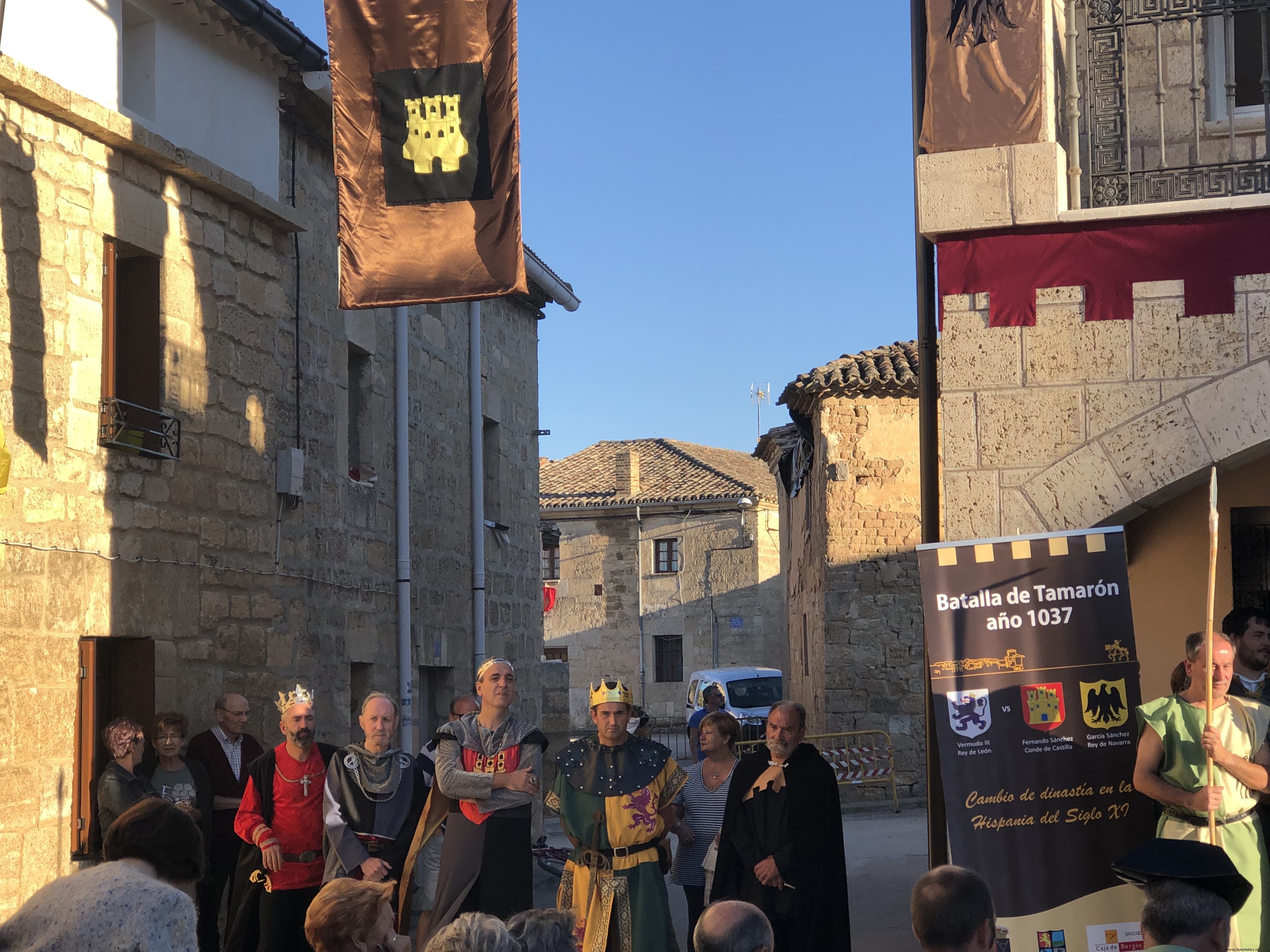
Images| Author Archive
Andres Altes Dominguez. The independence of the county of Castile. Genesis and meaning of a myth (ss. XIX-XXI). Editions of the Ergastula. Madrid 2017.
Gonzalo Martinez Diez. The county of Castile (711-1038). History versus legend (I). Marcial Pons Editions of History. 2005.
Eduardo Manzano Moreno. History of Spain-. Medieval Times, Volume 2 . Criticism. Editorial Marcial Pons. First edition. Madrid 2015.
Vicente Ángel Álvarez Palenzuela (Coord). History of Spain in the Middle Ages . Ariel. 1st edition, 7th printing. February 2017
Ricardo Chao Prieto. History of the kings of León. Rimpego editorial.
Monarchy and society in the kingdom of León from Alfonso III to Alfonso VII . Center for Studies and Research «San Isidoro». Leon 2007.
